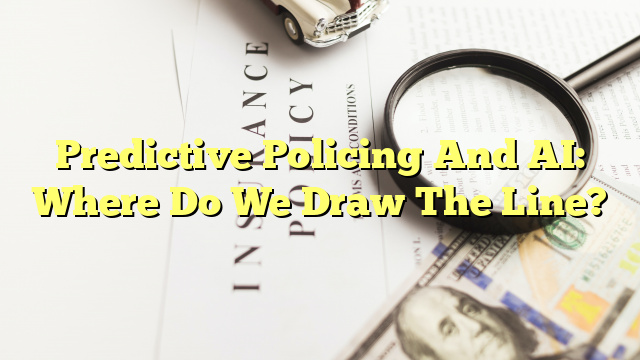Table of Contents
Introduction
Predictive policing is a law enforcement strategy that uses data analysis and machine learning algorithms to identify potential criminal activity. By analyzing historical crime data, predictive policing aims to forecast where and when crimes are likely to occur, allowing law enforcement agencies to allocate resources more effectively. However, the use of artificial intelligence (AI) in predictive policing raises important ethical and privacy concerns.
Does predictive policing use AI?
Yes, predictive policing relies heavily on AI technologies. Machine learning algorithms are used to analyze vast amounts of data, including crime records, socioeconomic factors, and environmental variables, to generate predictions about future criminal activity. These AI systems learn from patterns and trends in the data to make accurate forecasts.
Methods of predictive policing
There are four main methods of predictive policing:
- Hot spot analysis: Identifying areas with high crime rates based on historical data.
- Temporal analysis: Predicting the time and day when crimes are most likely to occur.
- Social network analysis: Analyzing connections between individuals to identify potential criminal networks.
- Risk terrain modeling: Mapping environmental factors that contribute to crime, such as abandoned buildings or poorly lit areas.
The process of predictive policing
The process of predictive policing involves several steps:
- Data collection: Gathering relevant data, including crime records, demographics, and environmental information.
- Data analysis: Using AI algorithms to analyze the data and identify patterns and trends.
- Prediction generation: Generating forecasts about future criminal activity based on the analyzed data.
- Resource allocation: Deploying law enforcement resources to areas and times identified as high-risk.
- Evaluation: Assessing the effectiveness of the predictive policing strategy and making adjustments as necessary.
AI in predicting crime
AI can be used to predict crime by analyzing various factors that contribute to criminal activity. Machine learning algorithms can identify correlations between certain variables, such as time of day, weather conditions, and social factors, and the likelihood of crime occurring. By analyzing these patterns, AI systems can generate predictions about future criminal activity, helping law enforcement agencies take proactive measures.
Conclusion
Predictive policing, with the help of AI, has the potential to improve law enforcement strategies and enhance public safety. However, it also raises concerns about privacy, bias, and the potential for misuse. Striking the right balance between effective crime prevention and protecting individual rights is crucial as we navigate the evolving landscape of predictive policing and AI.

